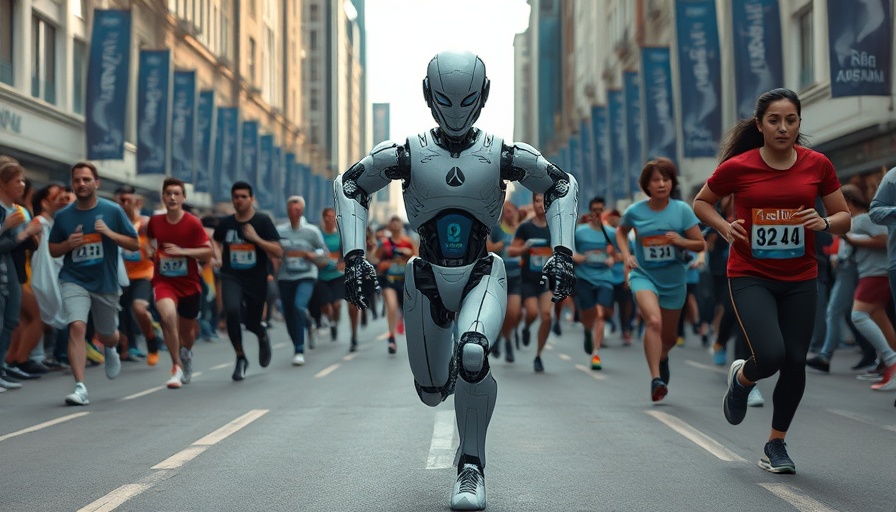
Humanoid Robots Struggle in Beijing Half Marathon
The recent Beijing E-Town Humanoid Robot Half Marathon saw a disappointing performance from a majority of the 21 competing robots, with only six crossing the finish line. This event, held in tandem with a race featuring 12,000 human athletes, marked a significant test for robotic engineering, showcasing both advancements and limitations in humanoid technology.
Speed and Struggles: The Reality of Robot Racing
Among the competitors, Tiangong Ultra, developed by UBTech, was the standout, completing the half marathon in two hours and 40 minutes. However, it required multiple battery changes and even fell during the race. While Tiangong Ultra barely qualified for a participation award, most of the robots failed to last even long enough to appear on live broadcasts. The fastest human runners clocked in under three hours, underscoring the clear performance gap between robots and their human counterparts.
The Technology Behind the Struggles
According to robotics professor Alan Fern from Oregon State University, the focus of humanoid robot development has primarily been on task completion and environmental adaptability rather than optimizing for speed. Fern notes that while hardware capabilities have improved considerably—evidenced by the fact that robots can now walk reliably—the software, particularly AI technology, has not advanced significantly since 2021. Many robots were grounded by overheating issues or falls during the race, revealing significant hurdles that still need addressing.
Public Interest and Future Innovation
Despite their limitations, the event generated considerable excitement in China, with many human participants eager to pose for pictures with Tiangong Ultra. This enthusiasm hints at a cultural shift towards acceptance and intrigue regarding robotic technology. As the field of robotics evolves, future events like this could pave the way for innovations that might soon bridge the gap between human athletes and humanoid robots.
Looking Ahead: Understanding the Future of Robotics
What this event highlighted is that while humanoid robots have made strides, the path to fully operational, competitive robots remains steep. With ongoing advancements in hardware and software, the next decade may see robots not only participating but also excelling in marathon events.
 Add Row
Add Row  Add
Add 
 Add Element
Add Element 

Write A Comment